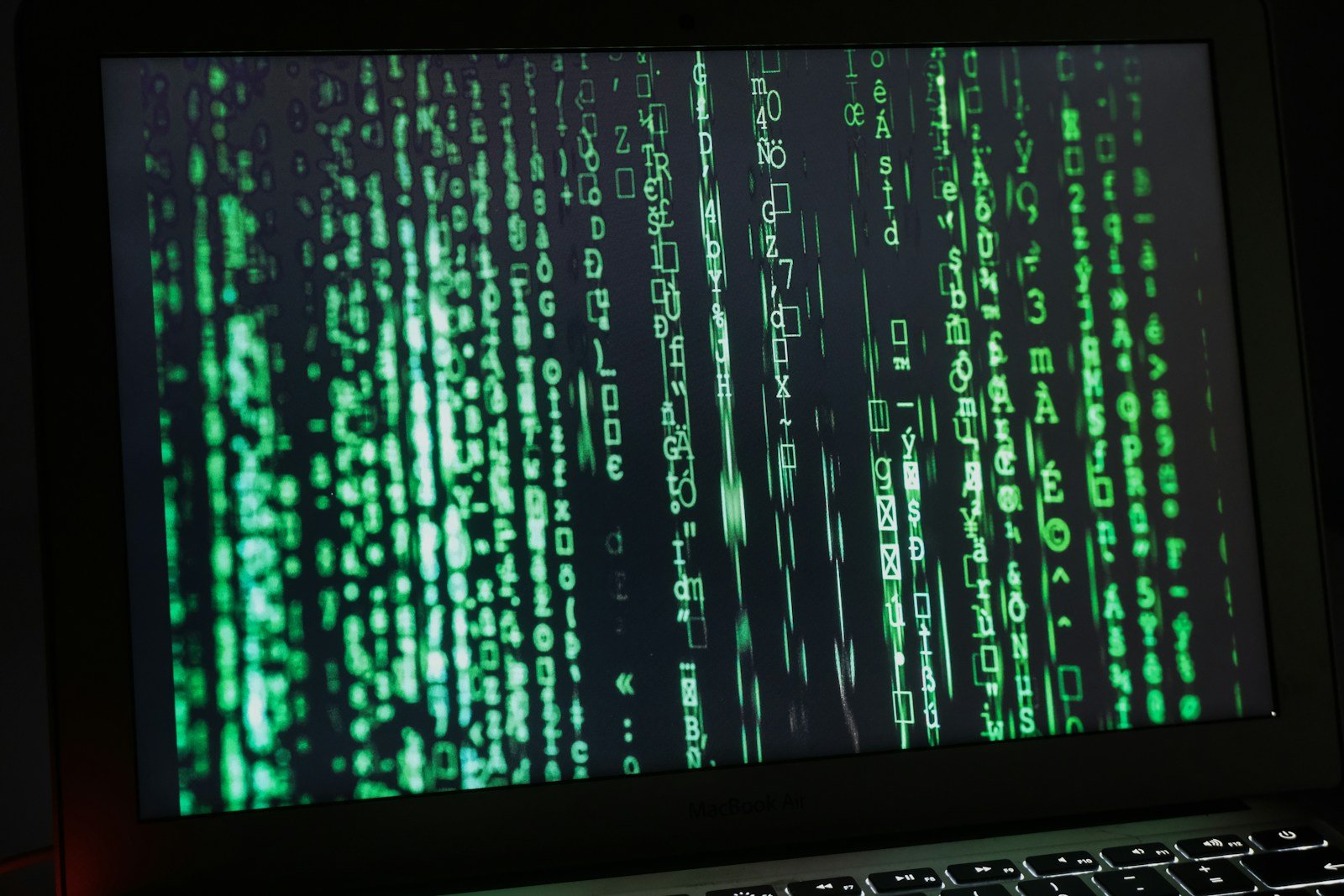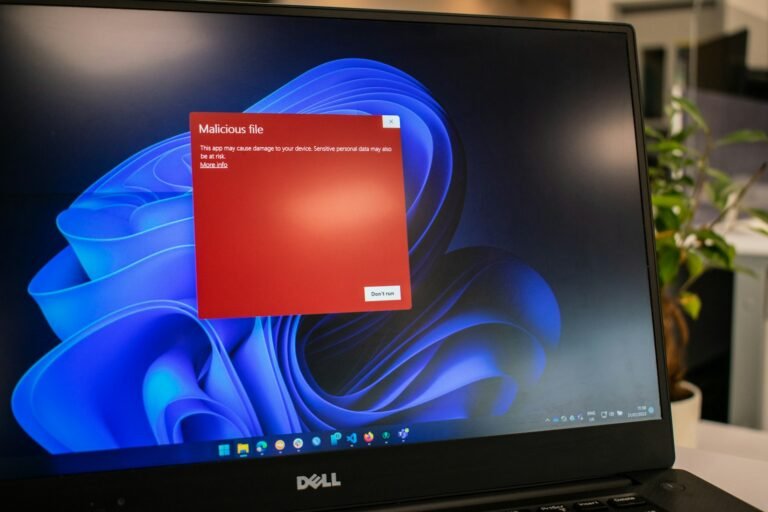M&S Cyberattacks: Stunning Technique Exposes Vulnerable Users
M&S cyberattacks have recently come into the spotlight as businesses and individuals grapple with the rising tide of cyber threats. These incidents, which are on the rise globally, highlight the vulnerabilities inherent in digital transactions and data management. As a result, understanding these attacks becomes paramount for any organization, especially for retail giants like Marks & Spencer (M&S), which handle vast amounts of personal and financial information.
The Techniques Used in M&S Cyberattacks
Recent reports indicate that one of the primary techniques employed in M&S cyberattacks involves phishing schemes. These schemes often leverage sophisticated social engineering tactics, tricking users into revealing personal information. For example, attackers may send emails that appear to be from M&S, prompting customers to click on malicious links under the guise of exciting promotions or urgent account updates. Once users click these links, they are redirected to fake login pages designed to capture their credentials.
Another common tactic involves the use of malware. Cybercriminals can infiltrate networks through malicious software implanted in legitimate applications or files. This technique allows attackers to gain unauthorized access to sensitive user data stored within M&S systems, which they can subsequently use for identity theft or financial fraud.
Understanding the Impact of Cyberattacks on Consumers
The consequences of M&S cyberattacks can be severe, particularly for affected consumers. Data breaches can lead to financial losses, identity theft, and long-term damage to an individual’s credit score. Moreover, the emotional toll of being a victim of cybercrime can be significant, causing stress and anxiety.
For M&S and similar organizations, the ramifications can be equally daunting. Customer trust may erode, leading to a decline in sales and a tarnished reputation. Furthermore, businesses may face legal repercussions or hefty fines due to data protection violations, making it crucial for them to invest in robust cybersecurity measures.
Preventative Measures Against Cyber Threats
To defend against the rising tide of cyber threats, businesses and consumers alike must adopt proactive measures. Here are some key strategies:
1. Employee Training and Awareness
For companies like M&S, employee training is essential. Regular workshops and training sessions can help staff identify phishing attempts and suspicious activity, thereby reducing susceptibility to attacks. This education can extend to customers as well, with informative campaigns on how to spot phishing emails or fraudulent websites.
2. Multi-Factor Authentication (MFA)
Implementing MFA can provide an additional layer of security. By requiring users to verify their identity through multiple channels—such as a text message confirmation or biometric scan—organizations can mitigate the risks associated with compromised passwords.
3. Regular Security Audits
Conducting regular security audits helps organizations identify potential vulnerabilities before they can be exploited. These audits should include an assessment of how customer data is stored, accessed, and protected, ensuring compliance with data protection regulations.
4. Advanced Threat Detection Systems
Investing in advanced technology, such as artificial intelligence (AI) and machine learning, can bolster cybersecurity defenses. These systems can analyze patterns of behavior to detect unusual activities that may indicate a cyberattack, allowing organizations to respond swiftly.
The Role of Consumers in Cybersecurity
While companies have a responsibility to protect user data, consumers must also play an active role in their cybersecurity. Here are several practices individuals can adopt:
– Strong, Unique Passwords: Users should create strong and unique passwords for each of their accounts. This practice minimizes the risk of multiple accounts being compromised if one password is breached.
– Regular Monitoring: Regularly checking bank statements and online accounts can help individuals detect unauthorized transactions early, allowing for timely intervention.
– Encryption Tools: Utilizing personal encryption software can help secure sensitive information, adding another layer of protection.
Conclusion
The frequency and sophistication of M&S cyberattacks underscore the pressing need for heightened awareness and robust preventative measures. By understanding the techniques employed by cybercriminals and adopting comprehensive strategies, both businesses and consumers can work towards a safer online environment. Cybersecurity is a shared responsibility, and as threats evolve, so too must our defenses. Staying informed and vigilant is crucial in navigating an increasingly complex digital landscape.








